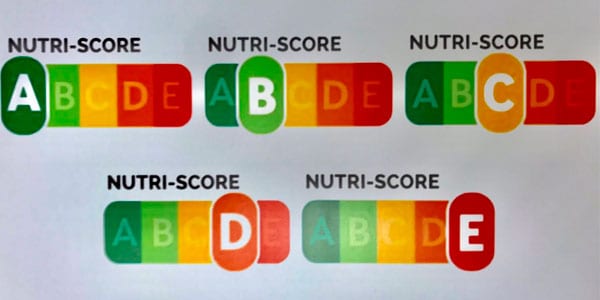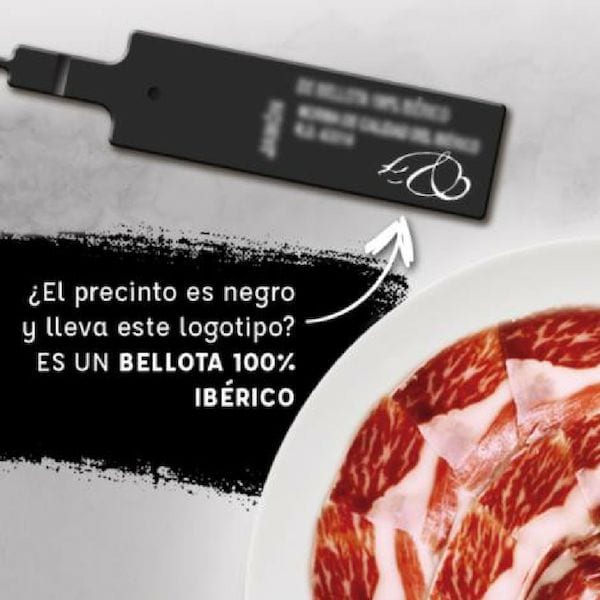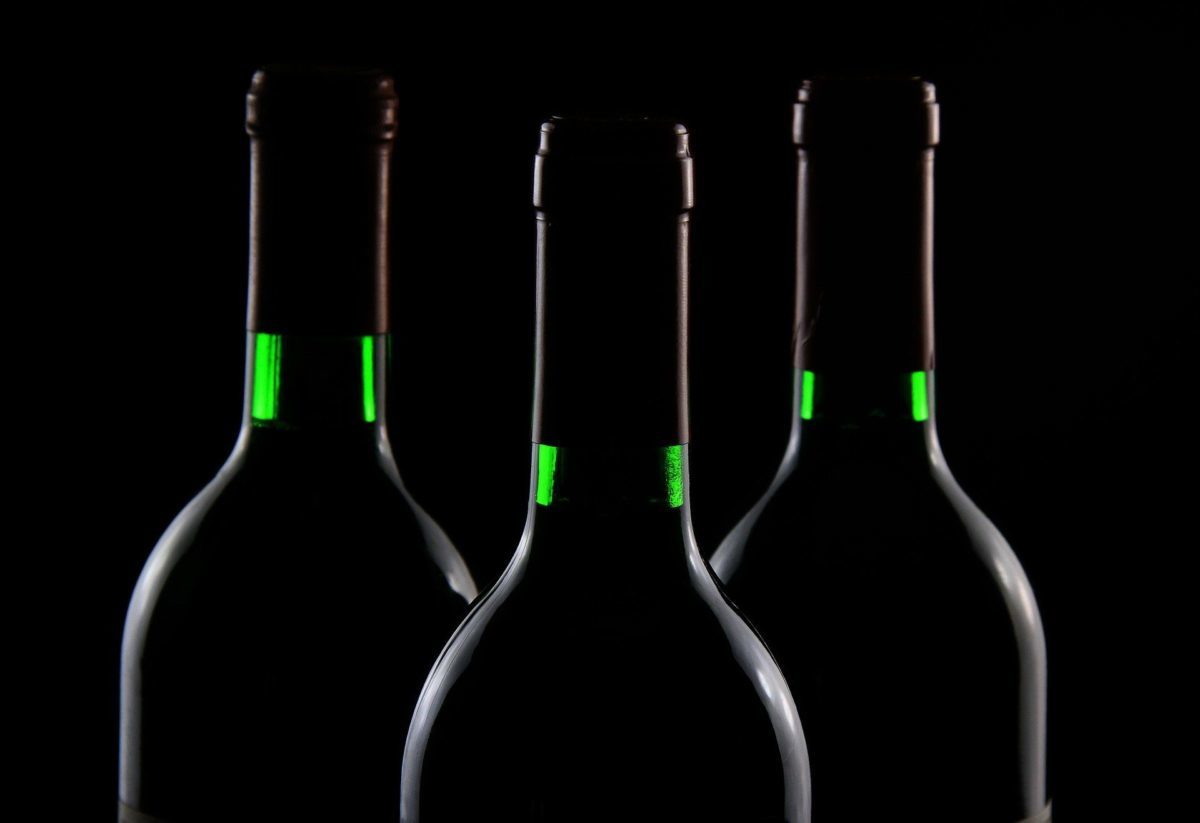After knowing the latest reaction of the Spanish government regarding the Nutriscore labeling that does not treat as it should olive oil, a national gastronomic relic, the debate continues between the use or not of a system that does not convince. At least in some cases of products healthy or that they enjoy certain prestige gastronomic but are negatively rated according to the algorithm current. In the end, what causes this "stoplight" to processed and packaged foods It is the opposite effect to what you are looking for. Are we facing a failure with its implementation in Europe or does it have room for improvement?
The case of oil illuminates its deficiencies
First of all, we remind you that this classification method of food according to its nutritional quality is Voluntary in Europe. Still no country or producer is obliged to implement it in front of the containers that are marketed, although some countries have already been using it since it emerged in 2018. What is your goal supposed to be? Inform the consumer in a clear and simple way about the nutritional properties of a product, at a glance when buying it.
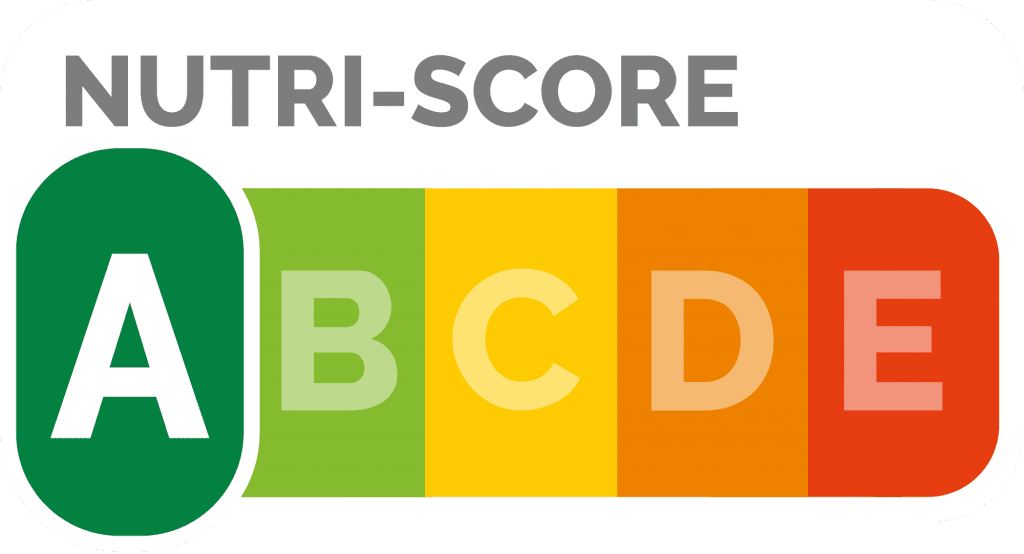
But controversy has always accompanied this novelty, which is only a first step towards popularizing a common and mandatory labeling in the European Union looking ahead to 2022. However, due to those negative aspects it has, it is clear that there is still a long way to go because it should not confuse the public. If a product as healthy as Spanish olive oil is equated, in the attribution of the letter C"With the rapeseed oil, turn it off and let's go.
El Ministry of Consumption, currently led by Alberto Garzon, has already shown its dissatisfaction with this classification in the Nutriscore labeling, whose algorithm needs to be improved to avoid such gaffes. Because, for the moment, as long as that perfection does not reach the European system, the minister wants to leave our precious oil out of it. Everything is to avoid that a consumer mistakenly identifies the Spanish "liquid gold", a basic ingredient of the Mediterranean diet.
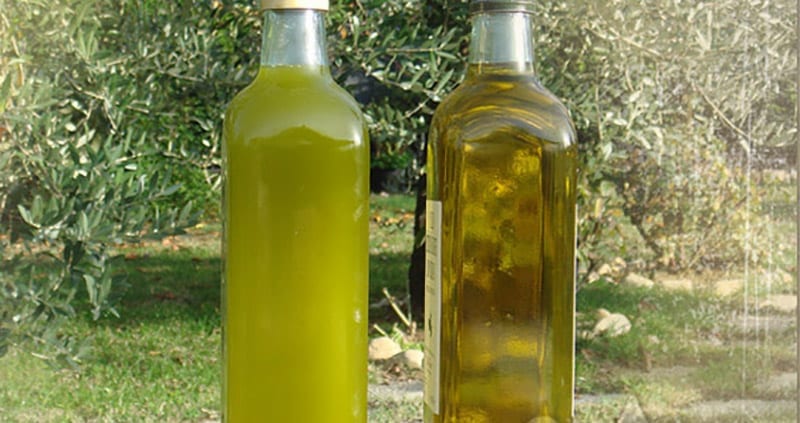
Another example: Iberian ham
Those lacks notable also affect other products such as Iberian ham, which by its content of fat it is rated negatively. But what happens then to its other excellent nutritional contributions such as protein? And how does this aspect of the Nutriscore labeling in the international prestige of our hams? From the Iberian pig breeders association aceriber have already shown their concern that this method gives them the red color (or letter E) to a meat considered healthy.
They ask that these types of products are not penalized for having a certain level of fat and even that if they enjoy protection with Designation of Origin, are not included in that labeling. This, of course, once is mandatory in Europe. For now, there is time to study and assess these types of cases or examples. We will see what finally happens but the most surprising thing is that in other foods they occur Nonsense classifications.
From yogurt to Coca-Cola Zero
How is it possible that a plain Greek yogurt be awarded a letter C and one the same but sweetened receive the letter A? Why is the first one that is healthier considered of intermediate nutritional quality while the second, with artificial additives, is presented as healthier? This is yet another example that the method of labeling processed and packaged foods in this way fails quite a bit. A consumer who only quickly fixes on this aspect when choosing in the supermarket will be falling into the mistake.
Something that, in the same way, amazes in the case of soft drinks like Coca-Cola Zero, which is classified with a Letter B, of good nutritional quality, when it really is not. Other products that are greatly affected in this same sense are some canned fish, which receive a rating of poor nutritional quality (with the D). What could be the reasons for this?
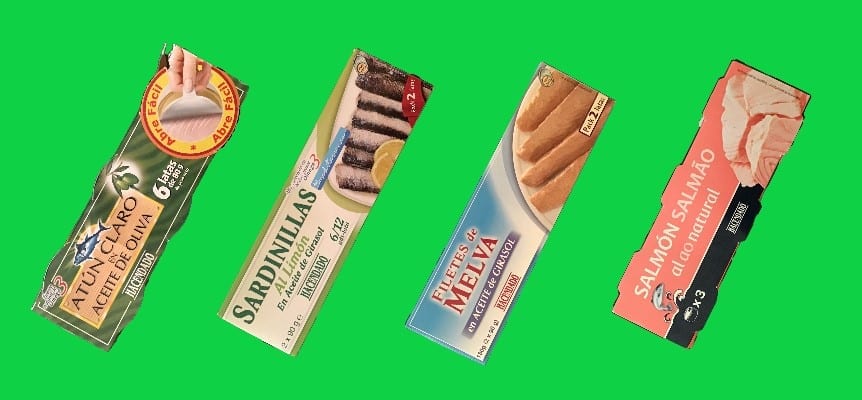
Limitations of the algorithm
Well, nothing more and nothing less than limitations which has the algorithm that Nutri-Score uses. First of all, it does not differentiate between good and bad fats; then, it does not analyze the degree of processing of food; and finally, it only allows you to compare products that are within the same category.
In short, with this Nutriscore labeling It is clear that this is not how the healthy food to the public. It distorts your real quality in the famous "semaphore" of discord that needs to improve a lot to make it mandatory for the next few years.


